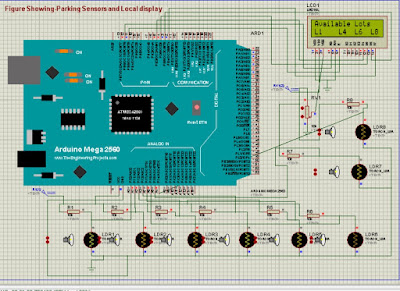Automatic light ON-OFF using LDR.
LDR is a Light Dependent Resistor, when light falls on it, its resistance decreases to few hundred of Ohms and when there is dark then it offers resistance of value near about 100kOhms. This post is about how a LDR sensor can be used to build an automatic light control circuit, by using LDR, transistor BC557, 100k pot, a resistorr and 9V battery a circuit is built on zero PCB. When there is dark in the room then automatically the LED is ON and when there is brightness in the room then the LED is OFF. The video shows the implemented and tested board.




